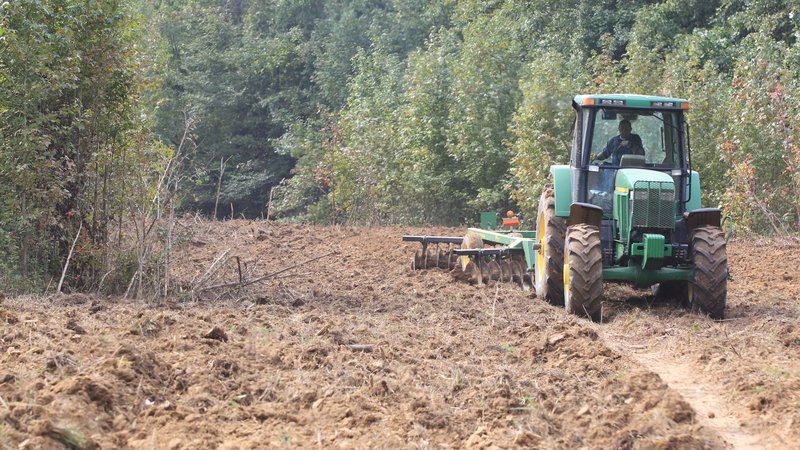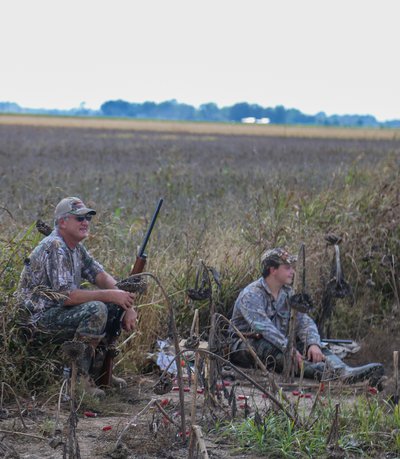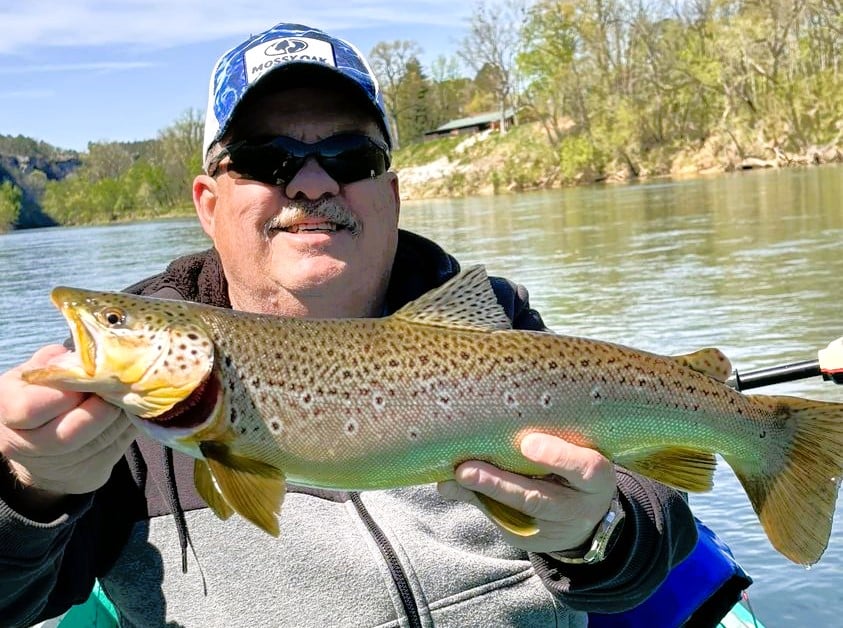AGFC preparing dove fields on WMAs
ON 08-18-2021

Aug. 18, 2021
Randy Zellers
Assistant Chief of Communications
LITTLE ROCK — The drawing for the Arkansas Game and Fish Commission’s private land dove field program has been conducted. Applicants can visit www.agfc.com/license and click the “Special Hunt Application Status” tab to see their results. While many applicants were successful in drawing spots on the five private dove fields AGFC managed through this year’s random draw, many more are left looking for other options on opening day of dove season.
According to Garrick Dugger, assistant chief of wildlife for the AGFC, more than 625 acres of fields on WMAs are being prepared to host some dove-hunting opportunities that are open to the public.
While the draw fields are on private agricultural land that can be manipulated more extensively, most WMA fields serve a dual purpose for Arkansas wildlife.
“About 70 percent of our dove fields on WMAs are top-sown wheat,” Dugger said. “If the weather cooperates, we’ll till and sow wheat seed just before the opening day to prepare winter food plots for deer and other wildlife. The doves are attracted to the seed and other wildlife will benefit when the wheat grows and all the other vegetation on the WMA dies back during winter.”
That’s the plan, but it is a bit rainfall-dependent.
“We’re watching the tropical storm activity in the [Gulf of Mexico], and that may bring rain just before the season,” Dugger said. “That can impact our ability to manipulate the ground or top-sow wheat.”
Not only can rain prevent tilling and disking of soil in fields, if it comes between the application of wheat seed and the hunting season, it can cause the seed to germinate, rendering it much less attractive to dove.
“We have a web page devoted to the dove fields that lists them by WMA,” Dugger said. “If any dove fields have to be removed from the list because of weather, we’ll take them down from the site. So I’d say it’s smart to keep checking the status of the fields you’re interested in to make sure your spot on opening day pans out.”
Dugger also mentions that hunters will fare much better if they take a few evenings before their hunt to scout the fields in person.

“The listing on the site will give field locations and even a QR code people can scan with their phone to get turn-by-turn directions, so I’d take advantage of that,” Dugger said. “The fields are first-come, first-served; so you want to know right where you’re headed on opening morning and get there early.”
Lists of WMAs with maps to all planned fields can be found at www.agfc.com/dove.
The season for mourning dove, white-winged dove and Eurasian collared-dove runs Sept. 4 to Oct.24, then resumes Dec. 8 through Jan. 15, 2022. The daily limit of mourning doves is 15. Any white-winged dove, a rare, but possible species in Arkansas, count toward the daily limit. There is no limit on Eurasian collared-dove, an invasive species that are larger and distinguished by a black “collar” stripe on the back of the neck. Eurasian collared-dove must remain fully feathered in the field and while being transported from the field. Lead shot is legal for dove hunting on WMAs, but nontoxic shot is required on National Wildlife Refuges. Spinning-wing dove decoys also are legal to use on AGFC-managed WMAs as well as Federal NWRs.
View public dove fields planned for 2021
Recent News

Arkansas Wildlife Weekly Fishing Report
Apr. 18, 2024
Subscribe to Our Weekly Newsletter E-mails
Don’t miss another issue. Sign up now to receive the AGFC Wildlife Weekly Newsletter in your mailbox every Wednesday afternoon (Waterfowl Reports are published weekly during waterfowl season and periodically outside the season). Fishing Reports arrive on Thursdays. Fill in the following fields and hit submit. Thanks, and welcome!

